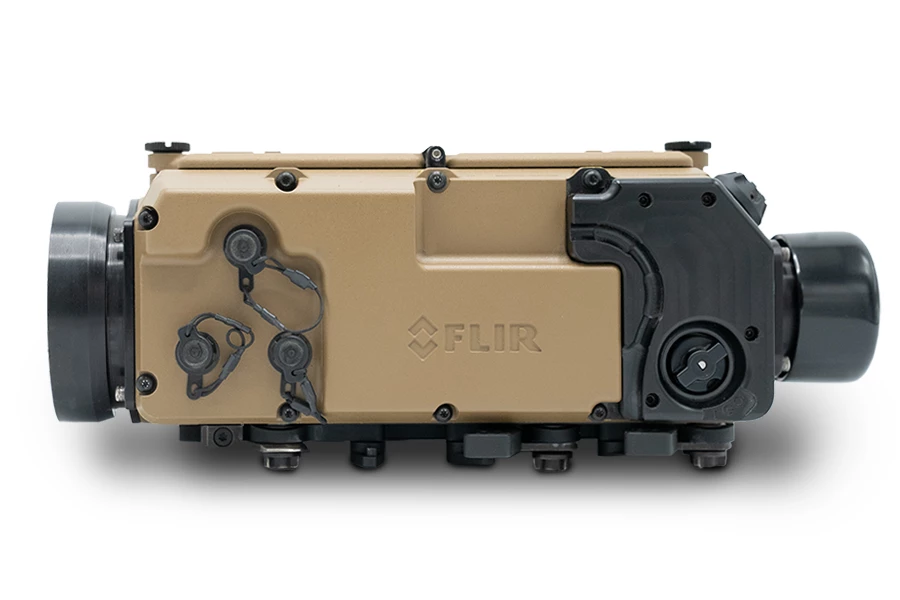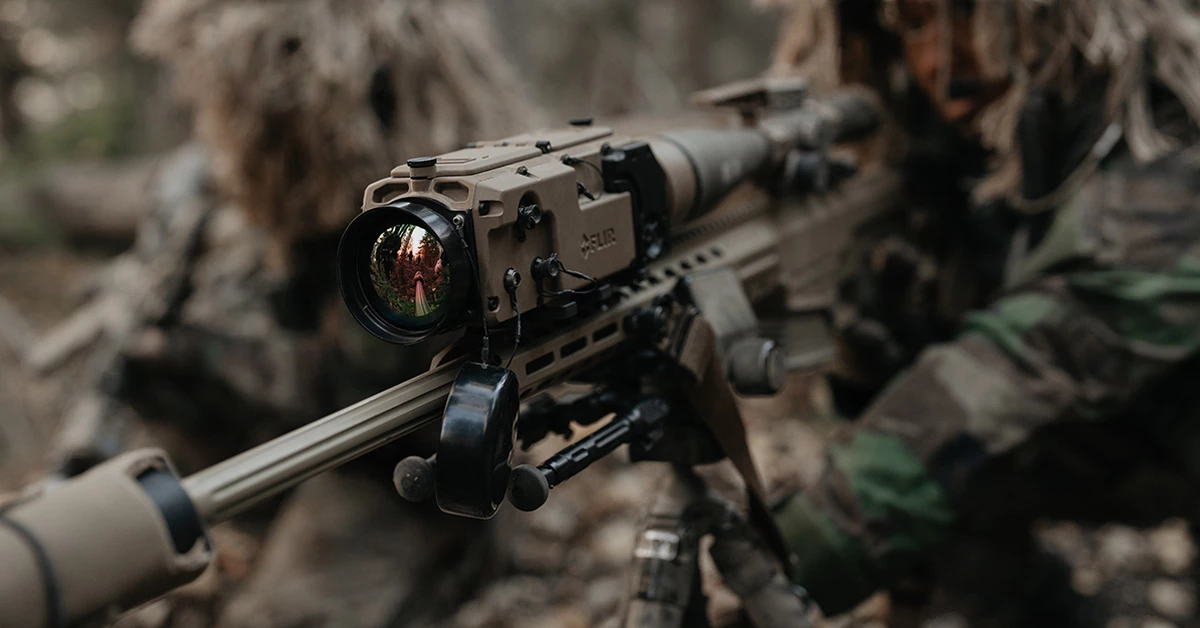Defense contractor Teledyne FLIR has unveiled its new thermal sniper scope that can see its own bullets fly by day or night at ranges up to 2,200 m (1.3 miles). First seeing light at the annual SHOT Show in Las Vegas, the ThermoSight HISS-HD allows snipers and machine gunners to engage targets at long range while remaining unseen.
Snipers are one of the most skilled jobs in the armed forces and law enforcement. Operating from places of concealment, they need to be able to identify, lock onto, and destroy targets at ranges sometimes measured in miles – and preferably with the first shot.
The problem is that sniping has evolved far beyond the days when all that was needed was a keen eye and a steady hand. Today, snipers use specialized rifles and rounds, sophisticated optics, and computer processors that handle all sorts of variables like windage, air pressure, muzzle velocity, fall of shot and others.
However, with all of this, snipers and machine gunners need to fall back on an old and reliable device, the tracer round. If you've watched enough old war movies, you've probably come across night battle scenes where bullets light up the sky like the pew-pew lasers from a sci-fi epic. These are tracer rounds. They're bullets incorporating an incendiary charge that are mixed in with the regular rounds as a way for a sniper or a gunner to gauge where shots are landing.
It works, but it also has the unpleasant potential of allowing an enemy to see where the incoming fire is originating and returning the favor.
What the ThermoSight HISS-HD does is allow a sniper to see the rounds as effectively at long range as if they were tracers even in full daylight. It does this using an imaging sensor with a cryocooler to bring it down to very cold temperatures. This reduces the thermal noise and increases the resolution. The upshot is that, with the help of advanced processors, the sniper can directly see the thermal signature of the round in flight.

According to the company, this isn't the first system with such a capability, but it is the first in the field that can do so at such high resolution at such long range. Weighing in at 4.6 lb (2.1 kg), the HISS-HD can clip easily on any standard MIL-STD-1913 Picatinny rail mount and can pair with a number of different scopes and weapon systems.
The new waterproof, auto-focusing scope is designed for snipers, machine gunners, as well as soldiers carrying out reconnaissance, force protection, surveillance, and forward observation missions. It also has a remote control pendant and can be set up for remote observation with video recording.
"The new ThermoSight HISS-HD is the unmatched choice for precision shooters looking for a versatile, lightweight thermal sight that increases their range and accuracy," said Rob Tarantino, vice president of Surveillance Strategy and Development at Teledyne FLIR Defense. "With HISS-HD, we’ve leveraged our world-class thermal imaging technology to provide marksmen with a superior tool to identify and engage targets anywhere, in any environment.
Source: Teledyne FLIR







